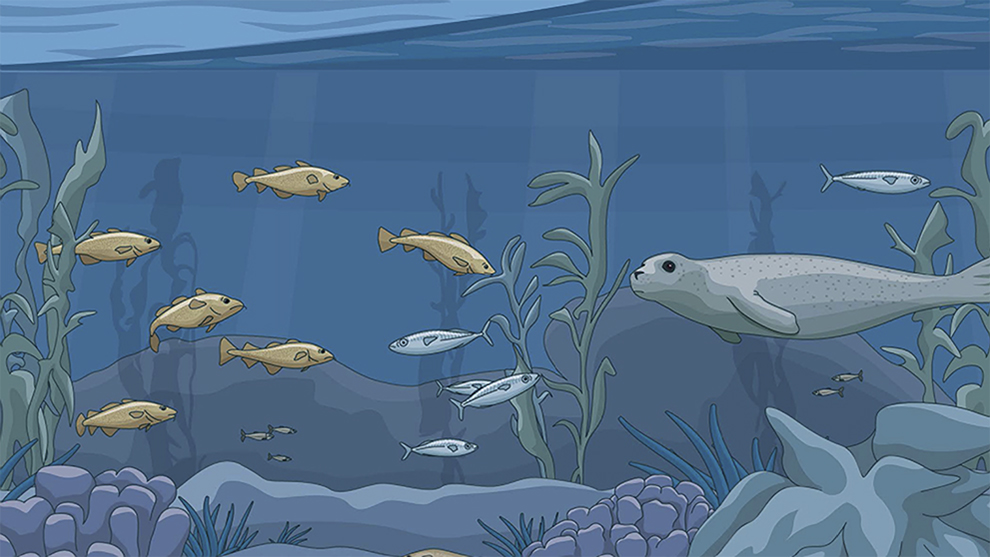10 Reasons the EU Must End Overfishing
Ministers should set science-based fishing limits in line with the Common Fisheries Policy
This article is no longer up-to-date. See the latest data here.
On Dec. 11 and 12, the 28 ministers of the European Union’s Agriculture and Fisheries Council meet in Brussels to decide on 2018 fishing quotas for stocks in the North-East Atlantic Ocean and the North Sea.
Under the EU’s Common Fisheries Policy, the Council is legally bound to end overfishing “by 2015 where possible” and “at the latest by 2020.” Still, ministers set 55 percent of 2017 fishing limits higher than the scientific advice.
This month they have the power and responsibility to turn the tide—by setting 2018 quotas that end overfishing—so everyone can reap the benefits of sustainable fisheries.
The 10 reasons detailed here underscore why it’s so important that fisheries ministers lead on ending overfishing:
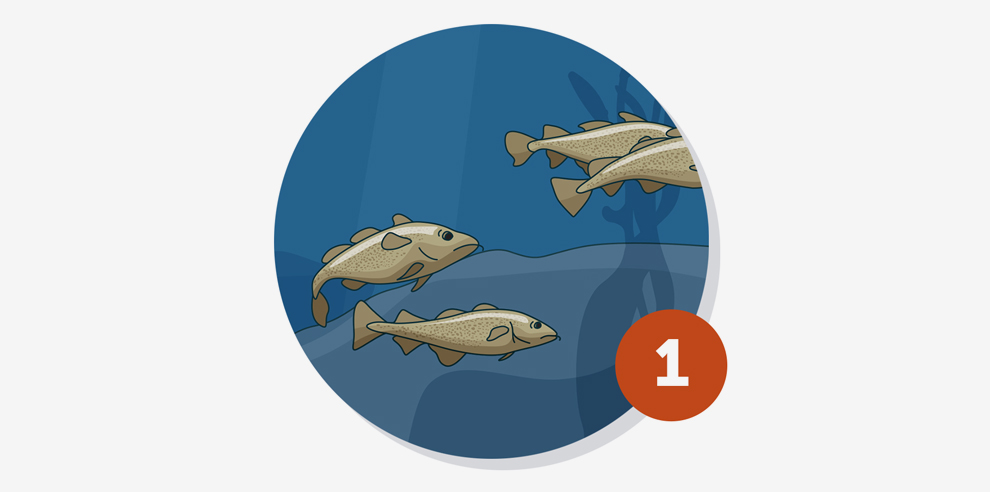
1. Fish stocks would be allowed to recover.
Too many assessed stocks in EU waters remain outside safe biological limits. Ending overfishing would finally allow these stocks to rebuild and thrive.
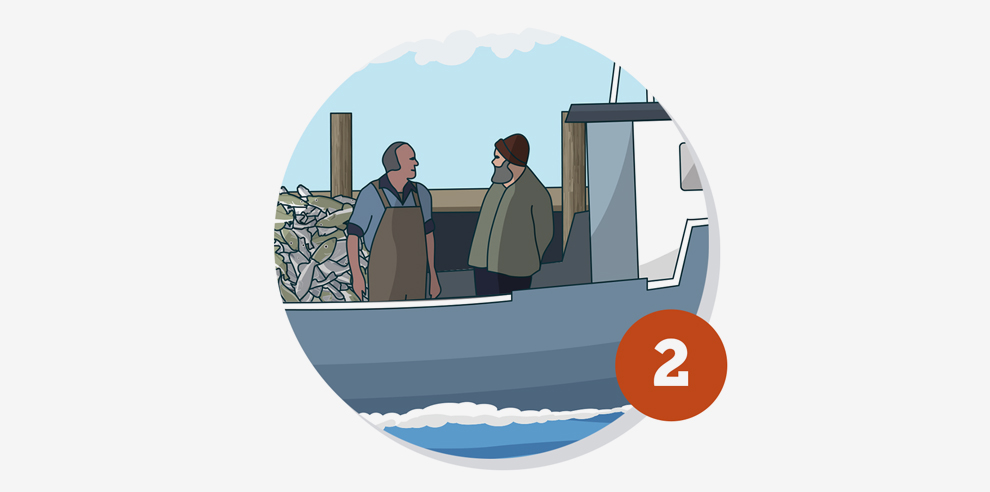
2. Fishermen would benefit.
Ending overfishing in the Northeast Atlantic alone could potentially create additional annual revenue of €4.6 billion for the EU fishing fleet1 and support more jobs in the sector. Healthy fish stocks contribute to a more stable business environment and require less time and fuel for fishing. More profitable fisheries in turn reduce the need for taxpayers to support the industry through subsidies.
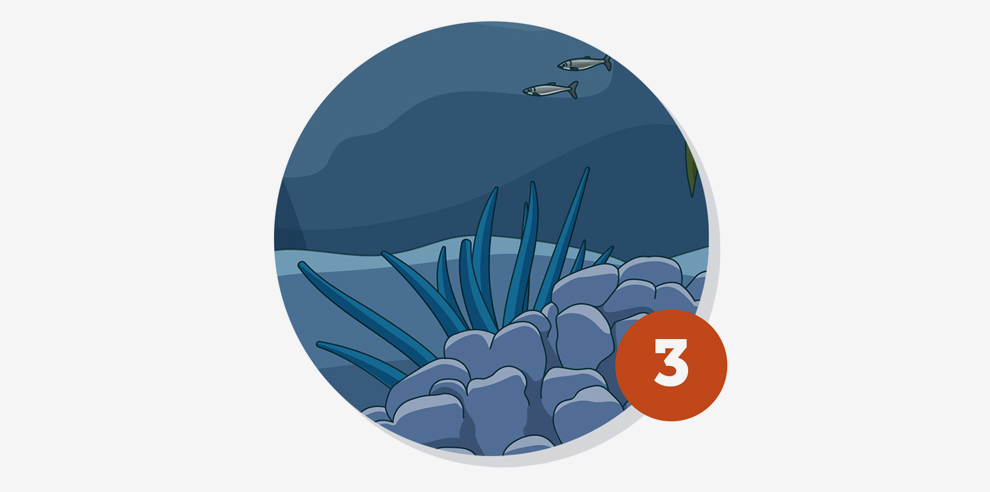
3. Doing so would help restore the health of our marine environment.
Fishing activities can take a toll on the marine environment beyond the removal of fish. Among the common negative impacts are damage to the sea-floor and corals, unintended catch of animals such as sea-birds and turtles, and pollution. Healthy fish stocks require less intensive fishing activity, limiting harm.
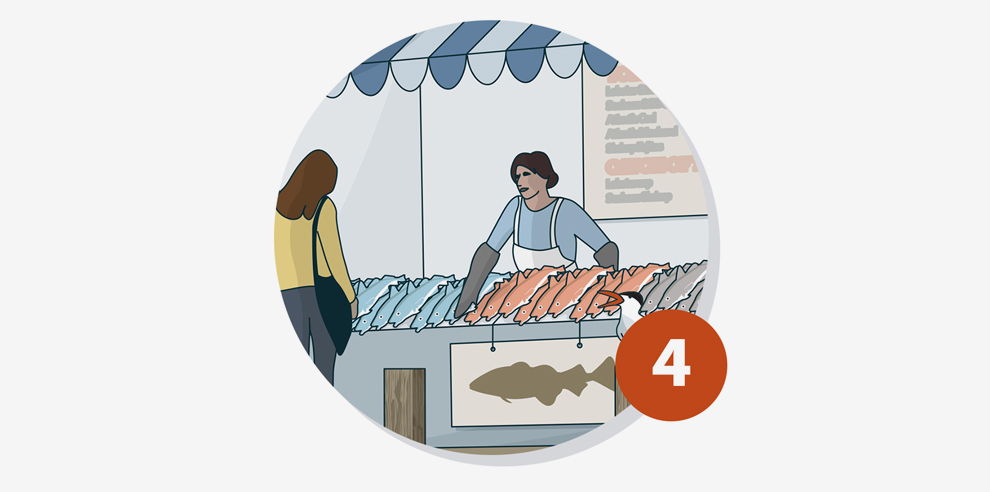
4. Europeans could eat more locally caught and sustainable fish.
Europe currently depends heavily on seafood imports from non-EU countries; almost half of fish consumed in the EU comes from external waters.2 This also has repercussions for developing countries where fish is a key source of animal protein for large parts of the population.
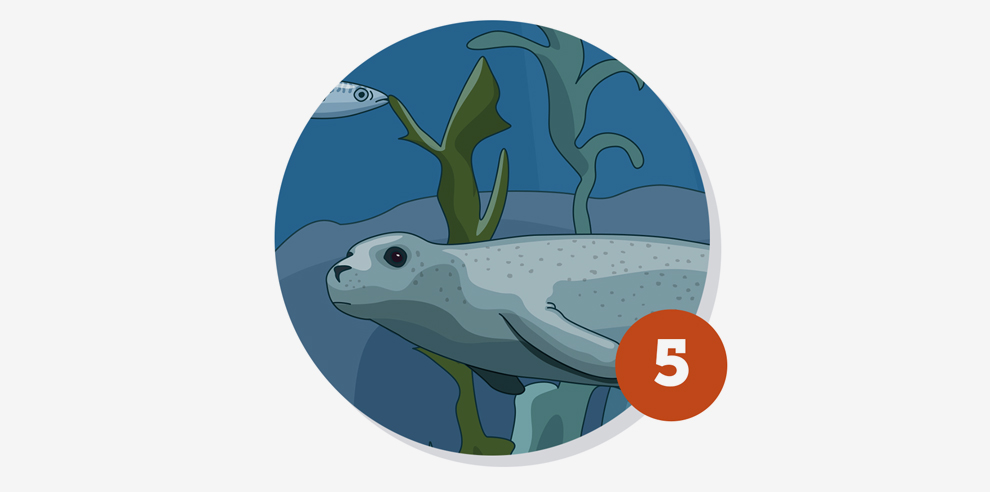
5. The ocean would be more resilient.
The ocean is under a variety of stresses, ranging from changing water temperatures to pollution and acidification. Healthy fish stocks play a key role in keeping marine ecosystems healthy and represent an investment in the future because they can help the ocean resist these kinds of stresses.
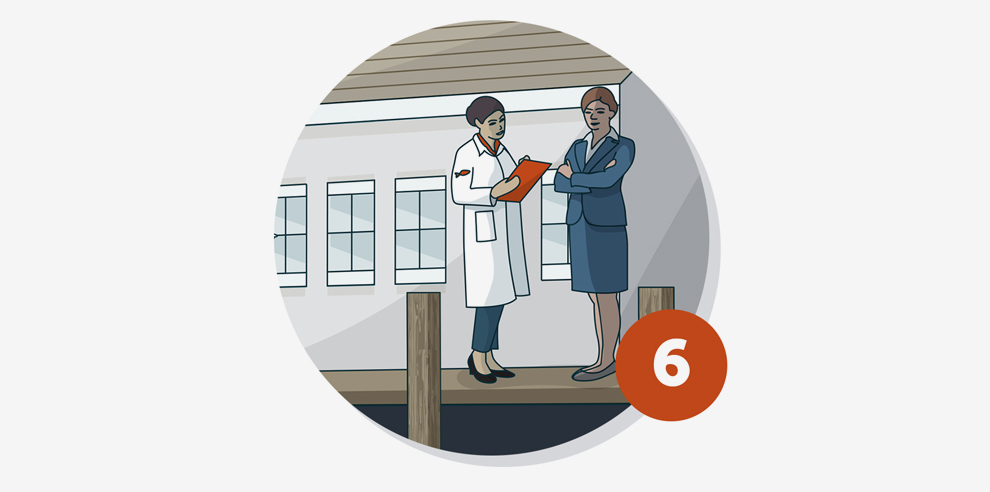
6. Fisheries management would be easier.
Managing fisheries with a high likelihood of collapse is complicated, risky, and demanding. It requires detailed and timely information. Healthy fisheries, on the other hand, are less sensitive to changes, uncertainties, or mistakes in data, making management easier.
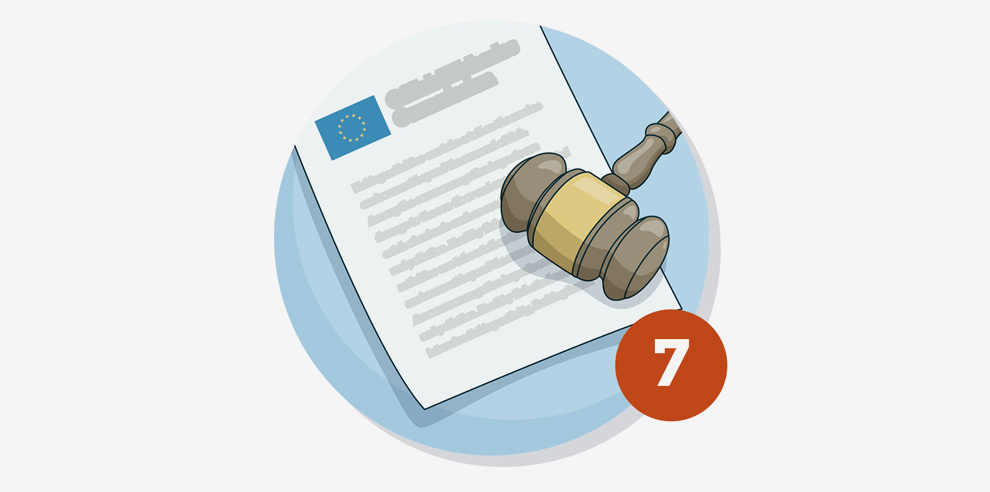
7. It’s the law.
In 2013, EU decision makers agreed on a reformed Common Fisheries Policy that requires an end to overfishing by 2015 where possible, and by 2020 at the latest for all stocks. Failing to end overfishing in line with this legal requirement would undermine EU citizens’ trust in European institutions.
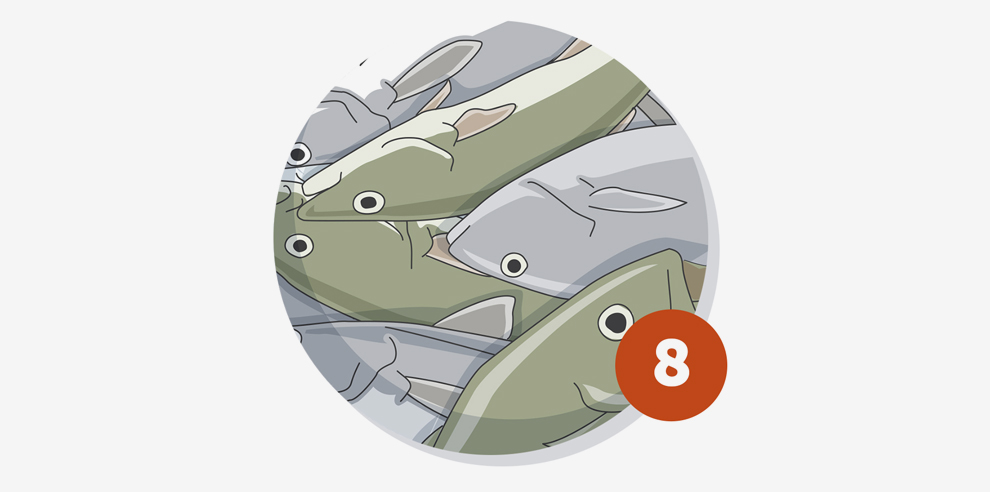
8. It would bring greater transparency.
Setting fishing limits that do not exceed scientific advice would make EU fisheries management more rational and predictable. Discussions could centre on maximising the socio-economic benefits of healthy fisheries.
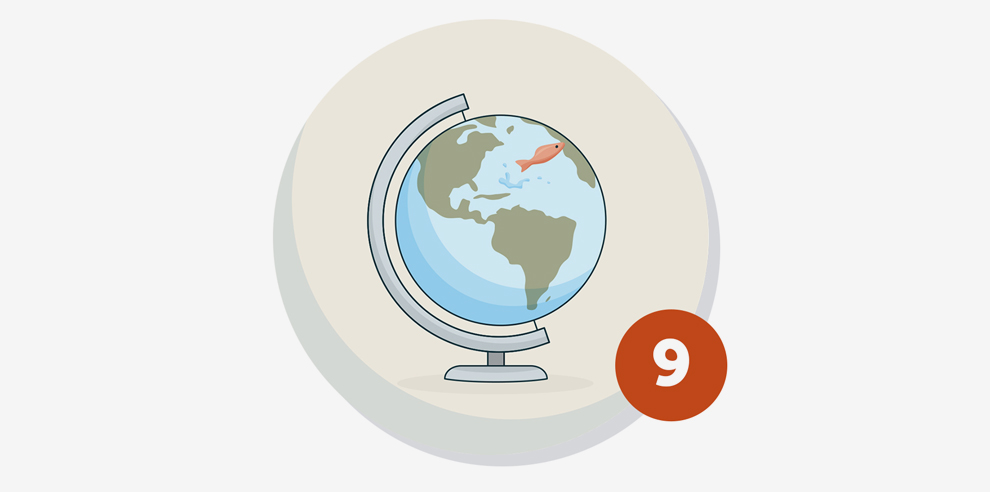
9. Case studies around the world—and closer to home—show the benefits.
Other countries, such as the United States, Australia, and New Zealand, have already made major progress toward ending overfishing and are starting to reap the benefits. The EU has its own examples, such as hake in northern European waters,3 which prove that it is possible to end overfishing and illustrate the potential gains.
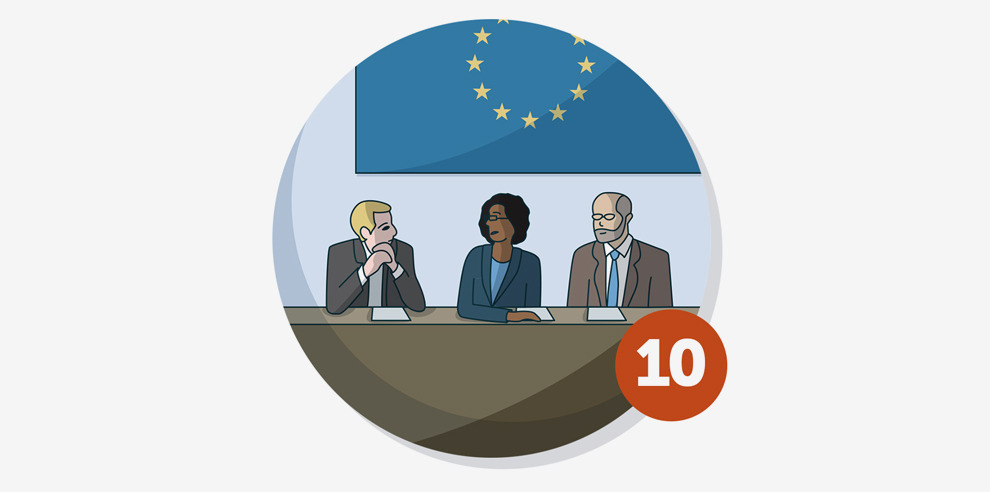
10. Decision makers have both the power and the responsibility to do so.
Many contemporary problems, such as climate change, are extremely challenging to address, but ending overfishing depends largely on better decisions by EU fisheries ministers. Political will is needed to implement the CFP reforms and to set fishing limits that do not exceed scientific advice.
Too many assessed stocks in EU waters remain outside safe biological limits. Ending overfishing would finally allow these stocks to rebuild and thrive.
Andrew Clayton directs The Pew Charitable Trusts’ efforts to end overfishing in North-Western Europe.
Endnotes
- Jordi Guillen et al., “Sustainability Now or Later? Estimating the Benefits of Pathways to Maximum Sustainable Yield for EU Northeast Atlantic Fisheries,” Marine Policy 72 (2016): 40–47, https://dx.doi.org/10.1016/j.marpol.2016.06.015.
- European Market Observatory for Fisheries and Aquaculture Products, The EU Fish Market (2016), http://www.eumofa.eu/documents/20178/66003/ EN_The+EU+fish+market_Ed+2015.pdf/4cbd01f2-cd49-4bd1-adae-8dbb773d8519.
- International Council for the Exploration of the Sea, EU Request to ICES to Provide FMSY Ranges for Selected North Sea and Baltic Sea Stocks (2016), http://www.ices.dk/sites/pub/Publication Reports/Advice/2015/ Special_Requests/EU_FMSY_ranges_for_selected_NS_and_BS_stocks.pdf.
